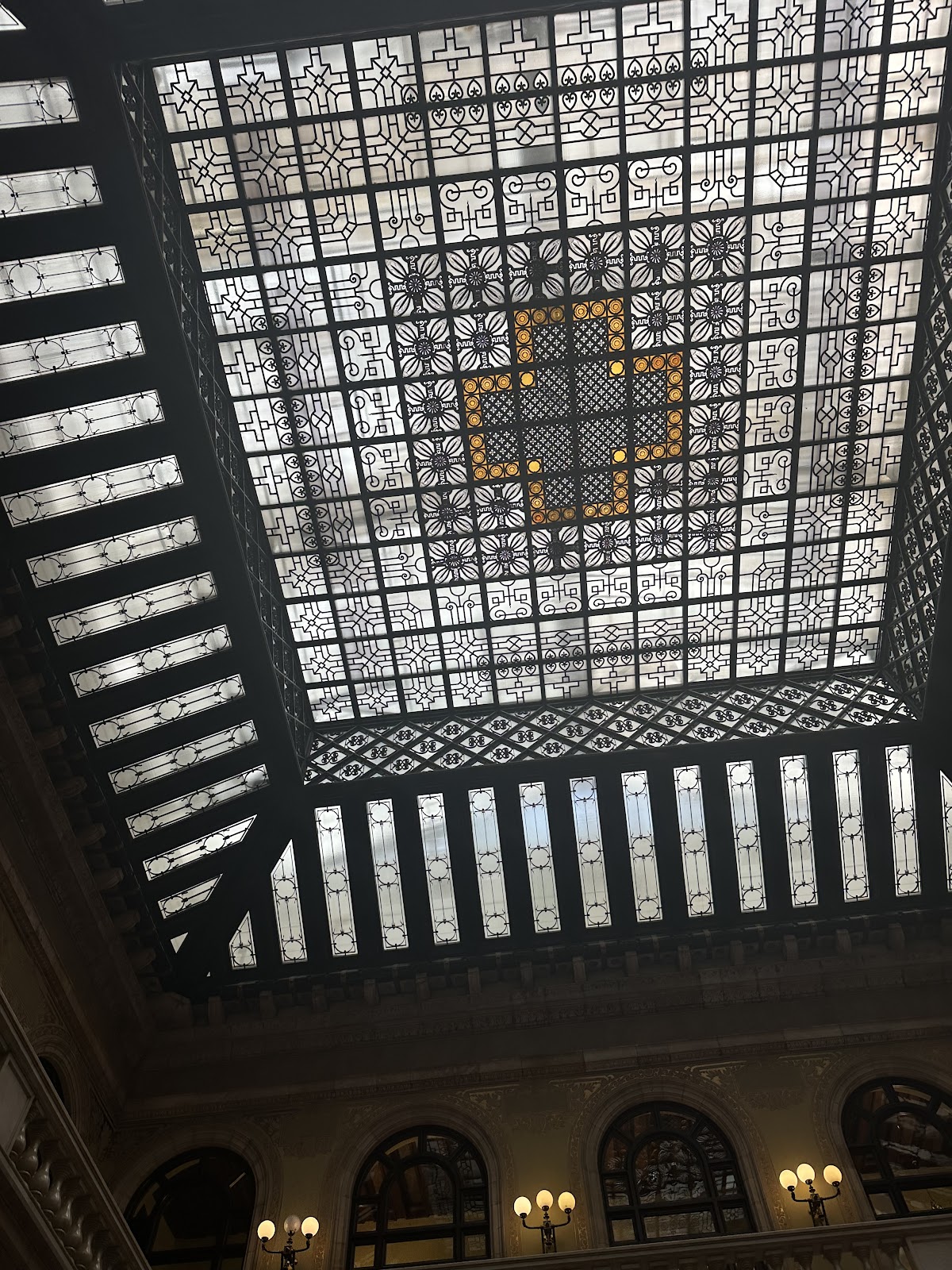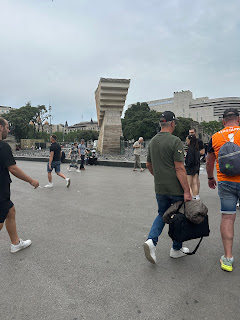Parliament Visit

Parliament Visit On June 16th, we took a visit to the Parliament. This excursion was fun because we got to go inside specific rooms and learn about what goes on in each room. It was also cool just to see the building itself as it had a look of interesting details. For example, I really like the ceiling and how it was all pretty much glass. Along with all the architectural beauty, our tour guide also shared some interesting information their government. Connection to POL 150 Visiting Barcelona’s Parliament (Parlament de Catalunya) offers a rich opportunity to explore the concept of citizenship, not just as a legal status, but as a dynamic, participatory relationship between individuals and the state. For example, witnessing citizenship in action. By visiting the Parliament, I saw how representative democracy functions at a regional level. Catalan citizens elect their own government, which debates laws, sets policies, and manages regional affairs....







